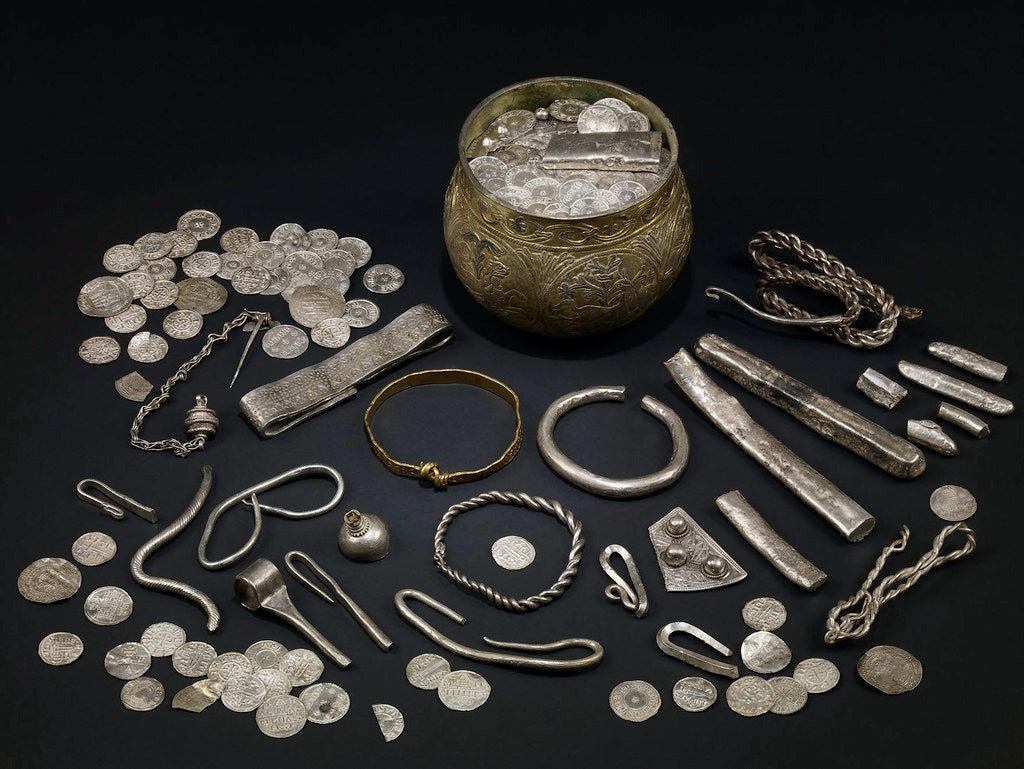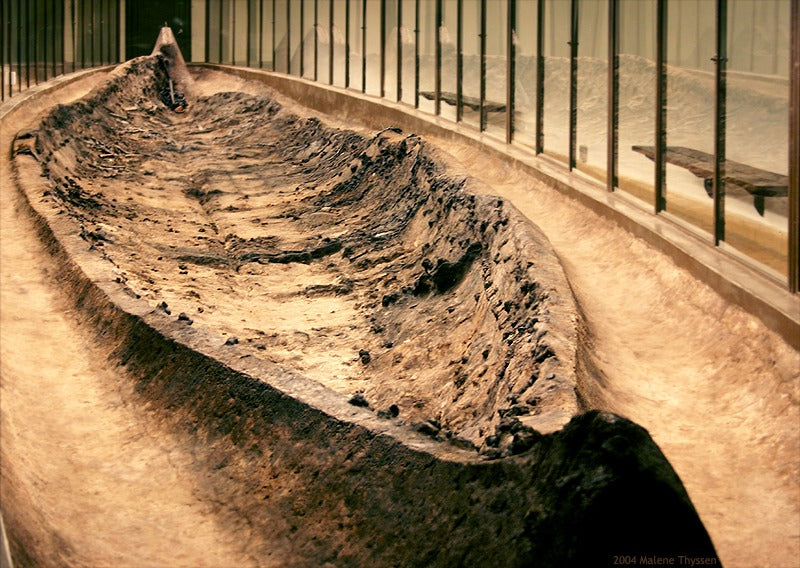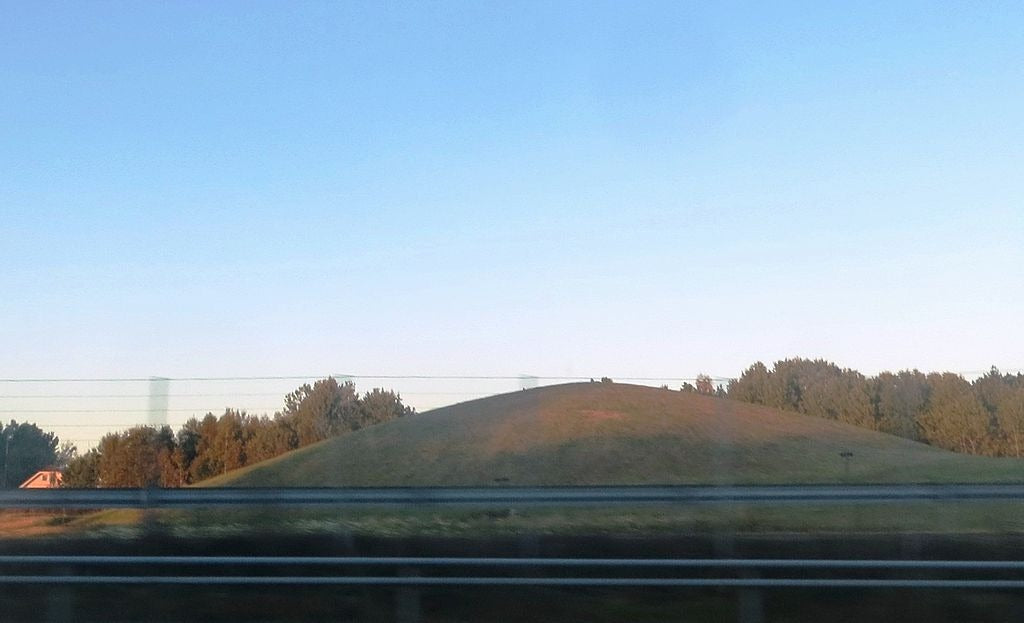
Digging into History: The Vale of York Hoard's Remarkable Revelations
The discovery of the Vale of York Hoard in 2007 sent ripples through the archaeological community and beyond. Found in North Yorkshire by metal detectorists David and Andrew Whelan, this remarkable hoard offers a window into the Viking Age and the early medieval period in England. Spanning an impressive array of coins, jewelry, and silver ingots, the Vale of York Hoard is not only a treasure trove of artifacts but also a key to understanding the complex tapestry of history during a transformative era.
Historical Context

The Vale of York Cup / Image Credit: Vintagedept
Viking Influence in England
The Vikings began their incursions into England in the late 8th century, with the most notable incursion being an all out invasion by the Great Heathen Army, marking a period of turbulence and transformation. Their influence extended beyond mere raiding; they settled, traded, and intermingled with local populations, significantly shaping the cultural and political landscape. The Danelaw, areas of England under Viking control, was a testament to their enduring presence.
The Anglo-Saxon Era
Parallel to the Viking Age, the Anglo-Saxon period was characterized by its own set of unique cultural and political developments. The establishment of powerful kingdoms, the spread of Christianity, and the creation of iconic art and literature defined this era. Understanding the Anglo-Saxon context is crucial to appreciating the significance of the Viking hoards discovered in England.
Discovery of the Vale of York Hoard

Vale of York From Londsborough East Yorkshire / Image Credit: Keith Laverack
The Finders: David and Andrew Whelan
On a seemingly ordinary day in January 2007, father and son metal detectorists David and Andrew Whelan stumbled upon what would become one of the most significant archaeological finds in recent history. While exploring a field in Harrogate, their metal detectors signaled the presence of a hidden treasure. Digging cautiously, they unearthed a lead container filled with an astonishing collection of Viking-age artifacts.
Initial Reactions and Media Coverage
The news of the discovery quickly garnered widespread attention. The Whelans' find was hailed as a once-in-a-lifetime event, with experts and media outlets eager to delve into the hoard's mysteries. The story of the hoard's discovery highlighted the importance of amateur archaeologists in uncovering historical treasures and preserving cultural heritage.
Composition of the Hoard

Coins and bullion from the hoard / Image Credit: JMiall
Types of Coins
The Vale of York Hoard contains over 600 coins from various regions, including Anglo-Saxon, Viking, Islamic, and Continental European origins. This eclectic mix of currencies provides invaluable insights into the trade networks and economic exchanges of the Viking Age. Each coin, with its unique design and inscriptions, tells a story of cross-cultural interactions and the movement of goods and people across vast distances.
Silver Ingots and Jewelry
Beyond the coins, the hoard includes a stunning array of silver ingots and intricately crafted jewelry. The ingots, used as bullion or raw material for crafting, underscore the wealth and resourcefulness of the Viking traders. The jewelry pieces, adorned with intricate designs, reflect the artistry and craftsmanship of the era. Items like arm rings, brooches, and pendants not only held monetary value but also served as symbols of status and identity.
Historical Significance

Brooch and silver and gold arm ring fragments from the hoard / Image Credit: JMiall
Insights into Viking Trade
The Vale of York Hoard is a testament to the extensive trade networks that existed during the Viking Age. The presence of coins from diverse regions indicates that the Vikings were not isolated raiders but active participants in a global economic system. Trade routes stretched from Scandinavia to the Islamic world, facilitating the exchange of goods, ideas, and technologies.
Anglo-Scandinavian Relations
The hoard also sheds light on the complex relationships between the Anglo-Saxons and the Vikings. The coexistence of coins and artifacts from different cultures within the hoard suggests a period of relative peace and cooperation, despite the underlying tensions. This blend of influences is emblematic of the cultural fusion that occurred as Viking settlers integrated into Anglo-Saxon society.
Conservation and Display

Brooch Fragment / Image Credit: Vanessa Oakden, National Museums Liverpool
Preservation Techniques
Preserving the Vale of York Hoard required meticulous care and advanced techniques. Conservationists employed methods such as careful cleaning, stabilization, and environmental control to ensure the longevity of these ancient artifacts. Each item underwent thorough documentation and analysis to uncover its historical context and significance.
Exhibition Locations
The hoard has been displayed at various prestigious institutions, including the British Museum and the Yorkshire Museum. These exhibitions provide the public with an opportunity to witness the splendor of the Viking Age firsthand. The carefully curated displays not only showcase the artifacts but also educate visitors about the broader historical narratives they represent.
Conclusion
The Vale of York Hoard stands as a monumental discovery in the field of archaeology. Its diverse collection of coins, jewelry, and ingots offers a profound insight into the Viking Age and the interconnected world of the early medieval period. This treasure trove serves as a tangible link to the past, bridging the gap between modern audiences and the vibrant, multifaceted history of our ancestors.
FAQs
- What is the Vale of York Hoard?
The Vale of York Hoard is a collection of Viking-age artifacts discovered in 2007 in North Yorkshire. It includes over 600 coins, silver ingots, and jewelry.
- Who discovered the Vale of York Hoard?
The hoard was discovered by David and Andrew Whelan, a father and son metal detecting team.
- Why is the Vale of York Hoard significant?
The hoard is significant because it provides insights into Viking trade networks, economic exchanges, and the relationships between Vikings and Anglo-Saxons.
- Where can I see the Vale of York Hoard?
The hoard has been exhibited at the British Museum and the Yorkshire Museum, among other locations.
- How was the Vale of York Hoard preserved?
The hoard was preserved using advanced conservation techniques, including careful cleaning, stabilization, and environmental control to ensure the longevity of the artifacts.
References
Graham-Campbell, James. (2011). Viking Art. Thames & Hudson.
Williams, Gareth, and David A. Whelan. (2011). The Vale of York Hoard. British Museum Press.
Hall, Richard. (2010). Exploring the World of the Vikings. Thames & Hudson.
Hinton, David A. (2018). Gold and Gilt, Pots and Pins: Possessions and People in Medieval Britain. Oxford University Press.
Kershaw, Jane. (2013). Viking Identities: Scandinavian Jewellery in England. Oxford University Press.
The British Museum. (n.d.). The Vale of York Hoard. Retrieved from British Museum website.
Yorkshire Museum. (n.d.). The Vale of York Hoard. Retrieved from Yorkshire Museum website.
"Number 10: The Vale of York hoard" by portableantiquities is licensed under CC BY 2.0.
"File:Coins bullion york hoard.JPG" by JMiall is licensed under CC BY-SA 3.0.
"Treasures from Medieval York - Vale of York Hoard Cup" by vintagedept is licensed under CC BY 2.0.
"File:Silver and gold arm neck rings brooch fragments york hoard.JPG" is licensed under CC BY-SA 3.0.
"2010 10 04 Vale of York From Londsborough East Yorkshire_0009.jpg" by Keith Laverack is licensed under CC BY-ND 2.0.
"Vale of York Hoard Cup" by vintagedept from Olen (London), Belgium (United Kingdom) is licensed under CC BY 2.0.
"<div class='fn'> BROOCH</div>" by National Museums Liverpool , Vanessa Oakden, 2017-03-22 12:44:27 is licensed under CC BY 2.0.








